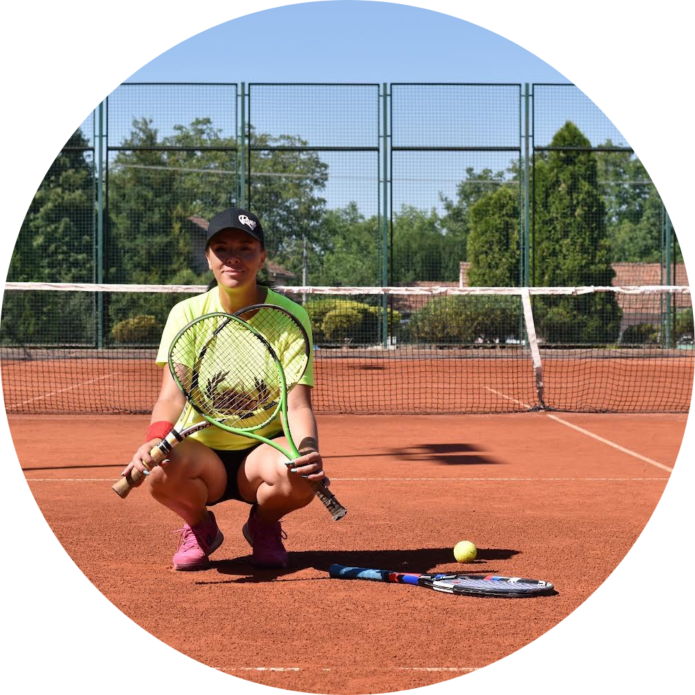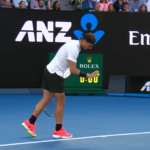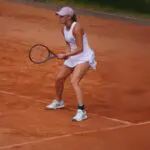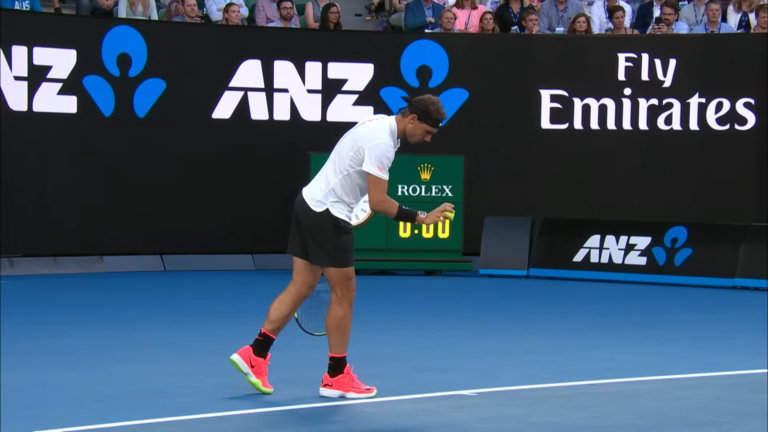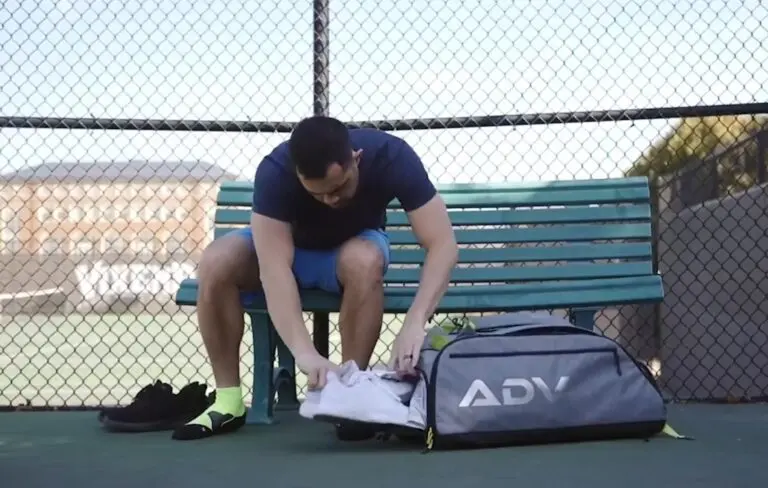From my experience on the court and observations of professional matches, I’ve come to realize that grunting in tennis is more than just a quirk; it’s a nuanced aspect of the game with various underlying reasons.
Whether it’s a method of self-encouragement, a way to release tension, or a strategic tool to gain an edge over the opponent, each player’s grunt (or lack thereof) tells a unique story.
In the following post, we’ll explore the various reasons behind why tennis players grunt, shedding light on this peculiar yet fascinating element of the sport.
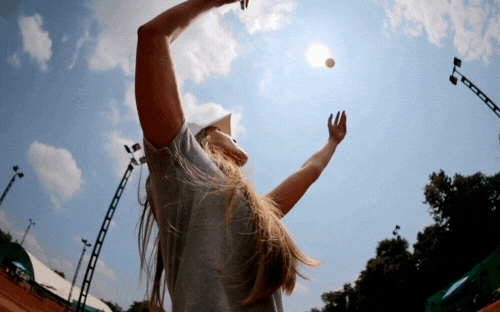
Why Do Tennis Players Grunt?
Serena Williams, Venus Williams, Victoria Azarenka, Maria Sharapova, and Gustavo Kuerten are known for grunting tennis players.
In the US Open in 1988, many called for grunting to be outlawed or made illegal Ivan Lendl’s claim about grunting was that Andre Agassi’s shout dropped its pacing. And during the French Open 2009, Aravane Rezaï spoke about the arbitrator’s “shrieking” of Michelle Larcher de Brito.
Tennis players often grunt during matches as a way to exhale forcefully and maintain rhythm, which can help in channeling their energy and focus into each stroke. The act of grunting can also serve as a release of physical and mental tension, potentially improving the player’s performance.
Additionally, some players use grunting as a strategic tool to potentially distract or disrupt the concentration of their opponent. While the topic of grunting in tennis can be polarizing, it is a common practice among players of all levels, each with their own reasons and methods.
6 Reasons For Grunting
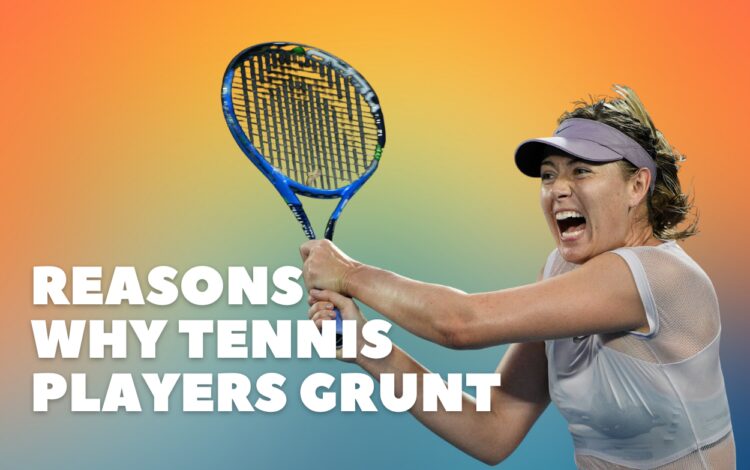
1. Rhythm and Timing
Grunting helps players establish a consistent rhythm and timing in their strokes, which is crucial for maintaining control and precision on the court. By grunting at the moment of impact, players can synchronize their breath with their movements, creating a steady flow that enhances their overall performance. This rhythmic breathing not only aids in concentration but also ensures that the body is properly aligned and prepared for each shot.
In my coaching sessions, I often emphasize the importance of rhythm in tennis, and grunting can be a valuable tool in achieving this. Players who have mastered the art of grunting often find that it becomes a natural part of their game, helping them stay focused and in the zone, especially during high-pressure moments.
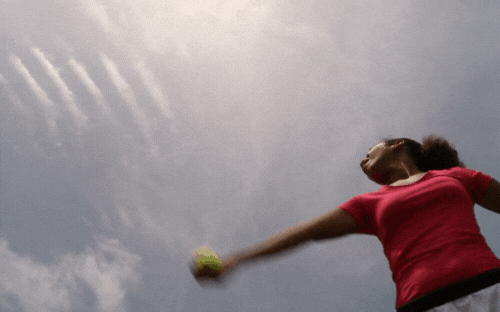
2. Physical Exertion and Power
The physical demands of tennis are immense, and grunting can play a role in maximizing power and efficiency in each stroke. When players grunt, they engage their core and expel air forcefully, which can contribute to generating more power in their shots. This physical exertion, paired with the vocal expression of grunting, allows players to channel their energy more effectively.
From my experience on the court, I’ve noticed that players often grunt louder and more forcefully during intense rallies or when hitting particularly powerful shots. This is a testament to the role of grunting in aiding physical exertion, helping players to not only hit harder but also maintain stamina throughout the match.
3. Mental Focus and Release of Tension
Tennis is as much a mental game as it is a physical one, and grunting can serve as a mechanism for maintaining focus and releasing tension. The act of grunting helps players to stay in the present moment, keeping their minds centered on the task at hand. Additionally, the vocal release can alleviate stress and anxiety, allowing players to stay calm under pressure.
In my own games and practice sessions, I’ve found that grunting helps to clear my mind and keep me engaged in the match. It acts as a reminder to stay focused and not get bogged down by external distractions or internal pressures. For many players, grunting is an essential part of their mental toolkit, helping them navigate the ups and downs of a match with greater ease.
4. Disguising Sounds of the Ball
Grunting can also serve a strategic purpose by disguising the sound of the ball hitting the racket, making it more challenging for opponents to accurately gauge the speed and spin of the shot. The split-second decisions that players make are often influenced by the auditory cues they receive, and grunting can disrupt this process, providing a potential advantage.
During my coaching sessions, I teach players to be attentive to all aspects of their opponent’s play, including the sounds of the game. Grunting adds an additional layer of complexity, requiring players to rely more on visual cues and intuition. While this strategy may not work against all opponents, it can be an effective tool in certain situations.
5. Creating Intimidation and Presence
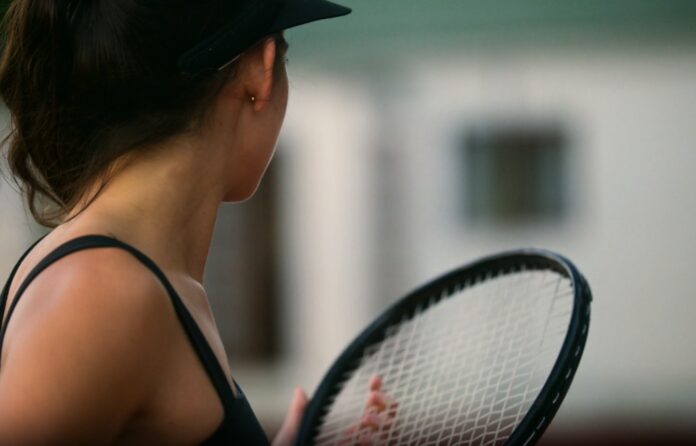
Some players use grunting as a way to assert their presence on the court and potentially intimidate their opponents. A loud and assertive grunt can send a message of confidence and determination, possibly leading to a psychological edge. Tennis is a sport where mental fortitude is key, and establishing a strong presence can be just as important as technical skill.
In my own matches, I’ve experienced both sides of this dynamic, facing opponents whose grunts added an extra layer of intensity to the game. As a coach, I encourage players to maintain their composure regardless of their opponent’s tactics, while also recognizing the potential impact of their own presence and demeanor on the court.
6. Habit and Personal Comfort
For many players, grunting has become a habitual part of their game, ingrained through years of practice and play. It provides a sense of comfort and familiarity, helping players to stay grounded and focused. Whether developed intentionally or subconsciously, this habit can play a significant role in a player’s overall performance.
Reflecting on my journey in tennis, both as a player and a coach, I’ve seen a wide range of habits and routines that players develop. Grunting is just one of many, but its prevalence in the sport highlights its significance for many individuals. Ultimately, whether or not a player grunts is a personal choice, influenced by a combination of physical, mental, and strategic factors.
What are the two aspects of grunting?
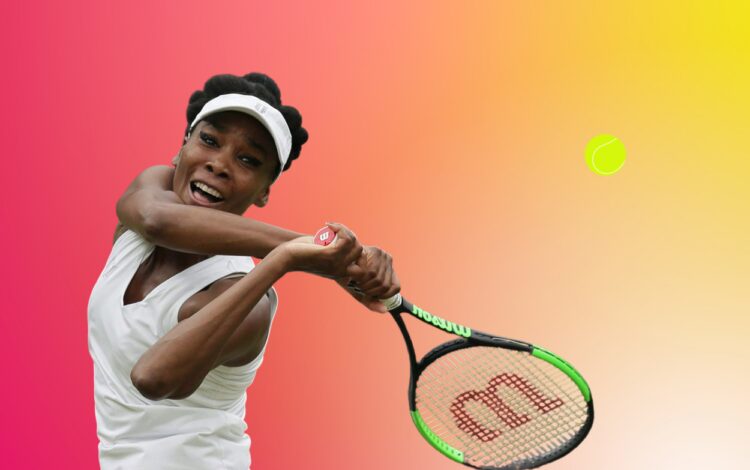
Grunting in tennis encompasses two main aspects that contribute to its prevalence and impact on the game:
- Physical Aspect: Grunting is closely tied to a player’s physical exertion on the court. It often occurs as players exhale forcefully during a stroke, engaging their core and potentially generating more power in their shots. This physical release of energy, paired with the vocal expression of grunting, can enhance a player’s performance and stamina.
- Psychological Aspect: On a mental level, grunting serves as a tool for maintaining focus and releasing tension. The act of grunting helps players stay in the moment, providing a rhythmic consistency that can aid concentration. Additionally, the vocal release can act as a stress reliever, helping players manage the mental pressures of the game.
Can grunting boost the efficiency of hitting?
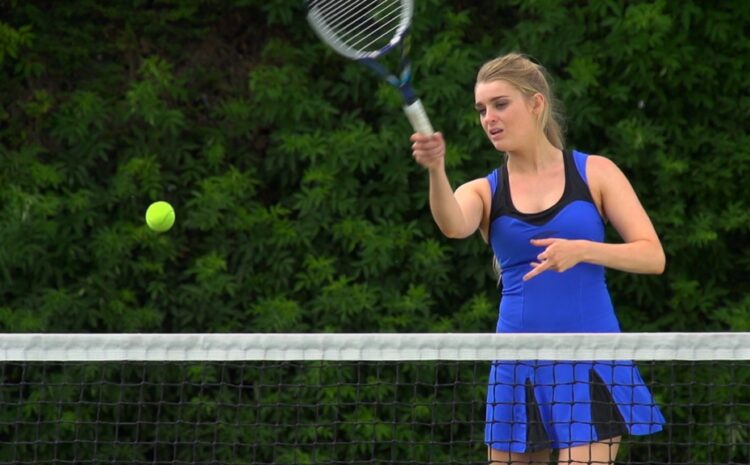
It can play a significant role in boosting the efficiency of hitting in tennis:
- Core Engagement: Grunting often coincides with a player’s exhalation, which engages the core muscles. This engagement is crucial for stability and power, leading to more efficient and controlled strokes.
- Rhythmic Timing: The act of grunting can help players establish a consistent rhythm in their strokes, ensuring that their movements and breath are synchronized. This rhythm contributes to smoother and more efficient hitting.
- Energy Release: Grunting allows for a forceful release of air, which can contribute to generating additional power in a stroke. This power can translate to more effective and efficient hitting, especially on more demanding shots.
- Focus and Concentration: By providing a consistent auditory cue, grunting helps players maintain focus and concentration, ensuring that their energy is directed efficiently during each stroke.
- Tension Release: The vocal expression of grunting serves as a release of physical and mental tension, which can lead to more relaxed and fluid movements, ultimately enhancing the efficiency of hitting.
FAQs:
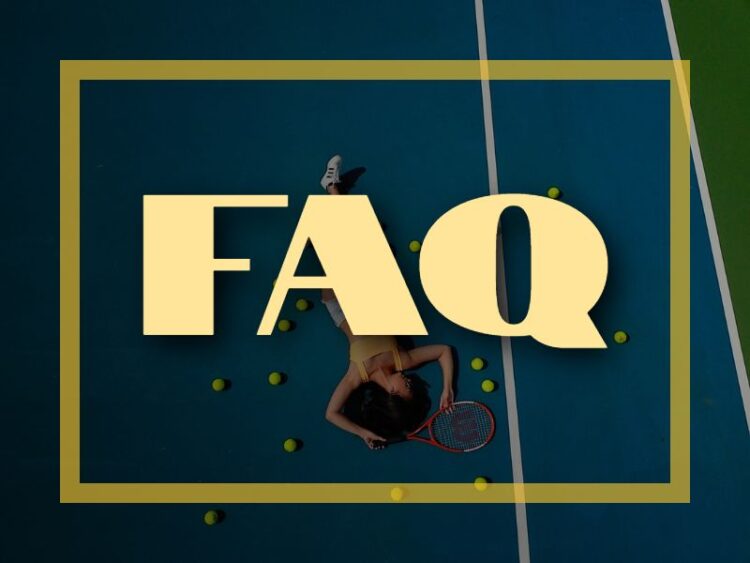
Why do people grunt so much in tennis?
People grunt in tennis primarily to maintain rhythm, release physical and mental tension, and potentially gain a strategic advantage over their opponent. Grunting can also be a habitual part of a player’s technique, developed over years of practice.
Does grunting actually help in tennis?
Yes, grunting can help in tennis by enhancing a player’s focus, rhythm, and power. The vocal expression associated with grunting can also serve as a release of tension, contributing to improved performance on the court.
Why do female tennis players make so much noise?
Female tennis players, like their male counterparts, may grunt to maintain rhythm, release tension, and generate power. The noise level of a player’s grunt does not necessarily correlate with gender and can vary widely among individuals.
Who grunts the loudest in tennis?
The loudness of a player’s grunt can vary, but some of the notable players known for their loud grunts include Maria Sharapova, Serena Williams, and Rafael Nadal. Each player has their unique style of grunting, contributing to their presence on the court.
Why does Rafael Nadal grunt so much?
Rafael Nadal’s grunting is part of his intense playing style, helping him maintain rhythm, focus, and generate power in his strokes. His vocal expressions on the court reflect his physical exertion and mental concentration, integral components of his successful career.
Conclusion
Players may grunt to enhance their rhythm, generate power, and maintain focus, while also potentially gaining a strategic edge over their opponents. While the loudness and style of grunting can vary widely among players, it remains a common practice in tennis, reflecting the intensity and passion that athletes bring to the court.
Related:
- 20 Best Tennis Shoes 2024 - Stylish and Athletic
- Top 19 Best Tennis Bags 2024 [Unbiased Reviews]
- 18 Best Tennis Racquets 2024 - Exclusive Reviews &…
- 15 Best Tennis Balls 2024 - USTA and ITF Approved
- 10 Best Tennis Ball Machine 2024 - Perfect for Solo Players
- 13 Best Tennis Shoes for Clay Court 2024 - Improve…


